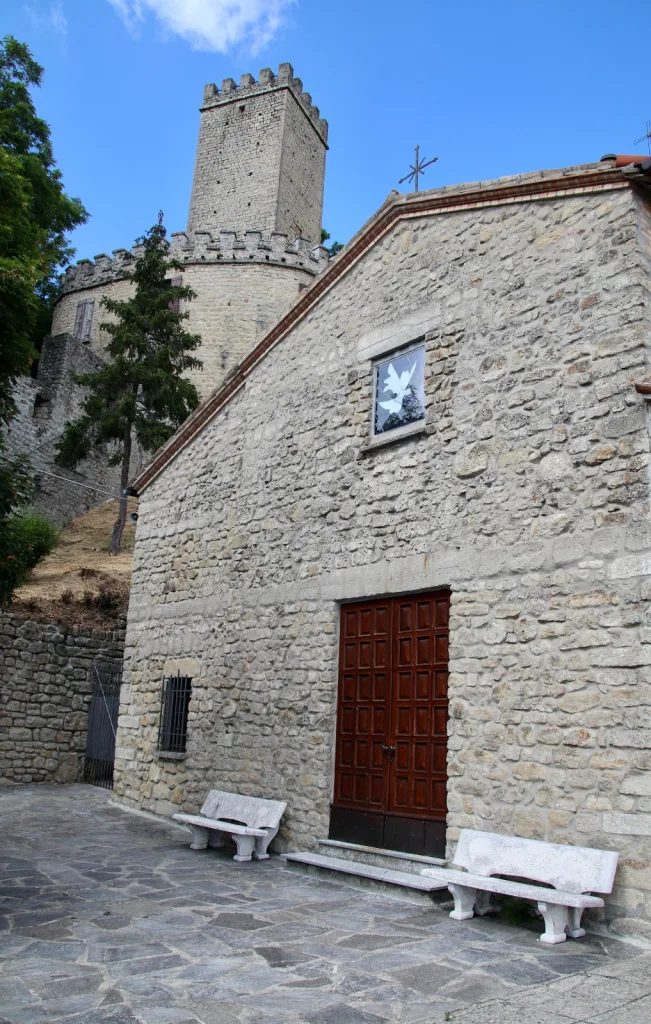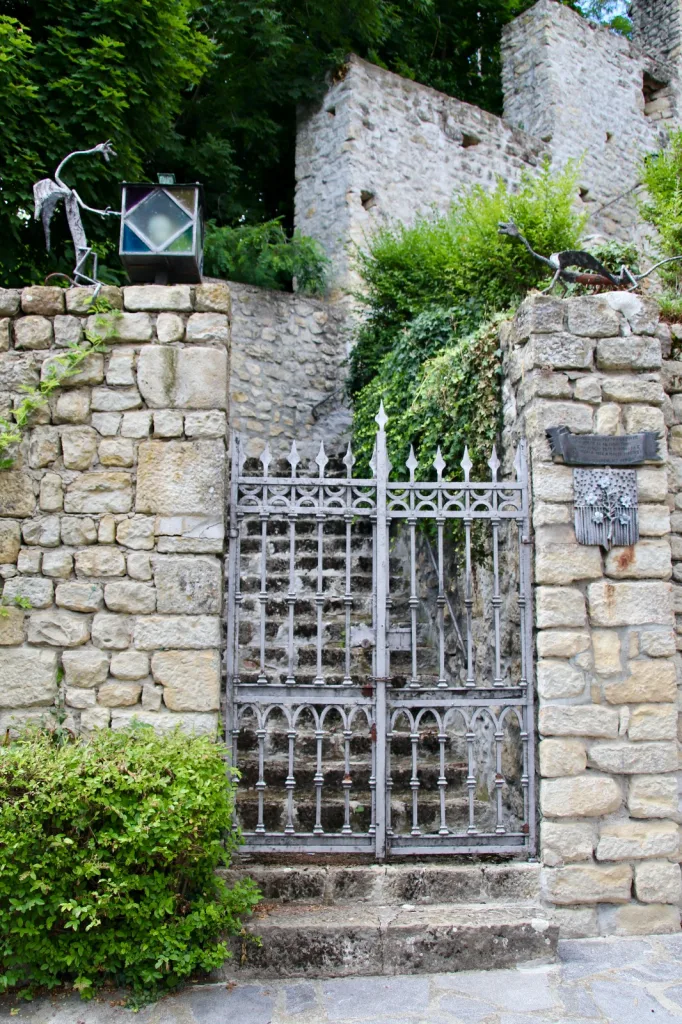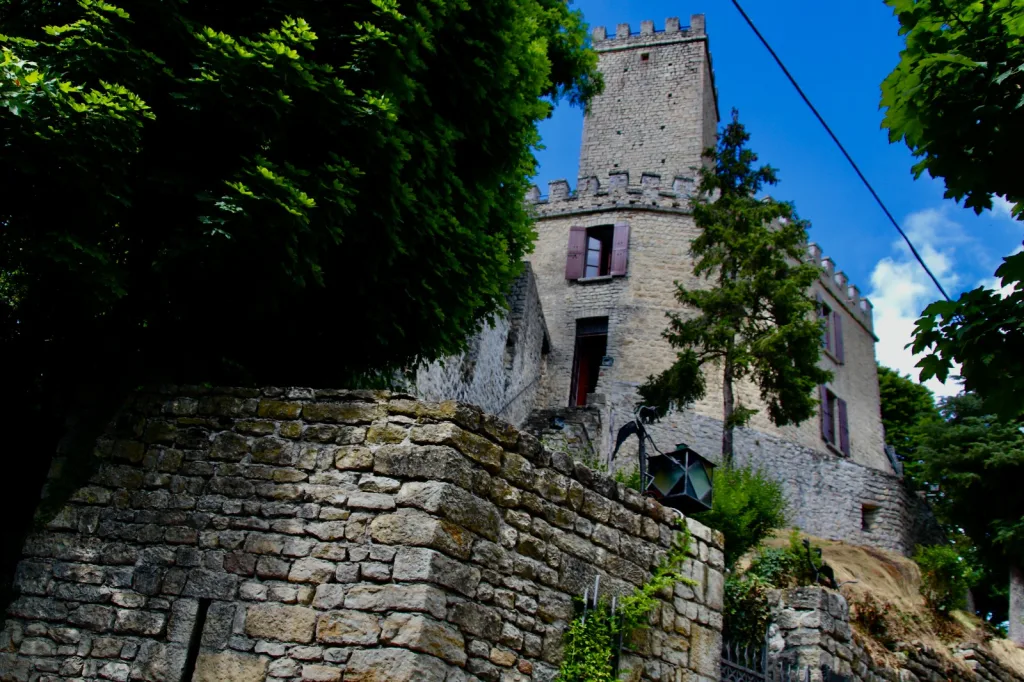A magnificent structure with a thousand-year history. At Pietragavina, a hamlet of Varzi, stands an imposing castle built entirely of stone with a suggestive semicircular structure surrounding the mighty donjon.
The castle has undergone several renovations over the centuries, including one in the mid-1960s that transformed the building into a refined private residence, but with great respect for its original appearance and its high historical and architectural value.

The strategic location
Situated 860 metres above sea level, it dominates the high ground above the picturesque medieval village of Pietragavina. The historic residence stands on the right side of the Staffora Valley, near the ridge that separates the valley from the Tidone Valley. The Castle of Pietragavina has a fascinating architectural structure and a strategic position that made it a privileged observation point to control and defend the surrounding territory.
The keep is surrounded by walls, inside which one can admire the Guelph battlements and small loopholes. What makes the keep even more enchanting is the large garden, about 1,000 square metres, with an ancient well.
A historical and cultural testimony
The castle is a veritable treasure chest of history, bearing witness to centuries of events and vicissitudes that have shaped this area. Mentioned as early as 1164 in Frederick Barbarossa's imperial diploma, the castle has passed through epochs of change and noble ownership, leaving an indelible mark on the historical and cultural fabric of the area.
Under the sovereignty of the State of Milan, the Castle of Pietragavina was assigned as a fief to the Malaspina nobles of Varzi. In 1319 Azzolino Malaspina obtained the castle as a concession for one of his sons, thus giving rise to a new branch of the lineage, that of the Malaspina marquises of Pietragavina, who reigned until the 15th century.
As the years passed, the fate of Pietragavina Castle changed hands again. In 1449 it was purchased by the noble Dal Verme family, who further consolidated the castle's role, contributing to its strategic and defensive importance
In 1723, the castle passed to the Tamburelli of Bagnaria, another illustrious family from the area. However, over the centuries the fortress suffered a slow decline, until it was completely renovated by the new owners in 1965.
Below the castle, on a panoramic terrace, is the 17th century church of St John the Baptist.

History, art and nature
The charm of Pietragavina is not only made up of history and culture. The locality is also famous for its climate and the lush nature that embraces it. A visit to the village must include a walk in the beautiful pine forest, among shady paths, the scent of resin and the breeze whispering in the trees. An ideal place for walks, picnics and direct contact with nature.
When Pietragavina was the land of VIPs
During the years of the economic boom, Pietragavina, a pearl set amidst the wonders of nature, became a popular holiday resort. With economic prosperity sweeping the village in the mid-1960s, more and more people flocked to this enchanting place to enjoy their summer holidays. It was against this backdrop that the historic Albergo Posta quickly became a popular destination for prominent guests from the worlds of entertainment, sport and culture. These included famous names such as Mike Buongiorno, the charismatic and beloved television presenter; Pippo Baudo, the king of Italian television; and Corrado. And, then, the legendary cyclist Fausto Coppi together with the mysterious Dama Bianca.










